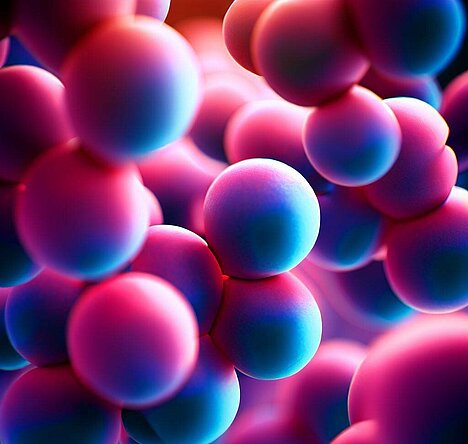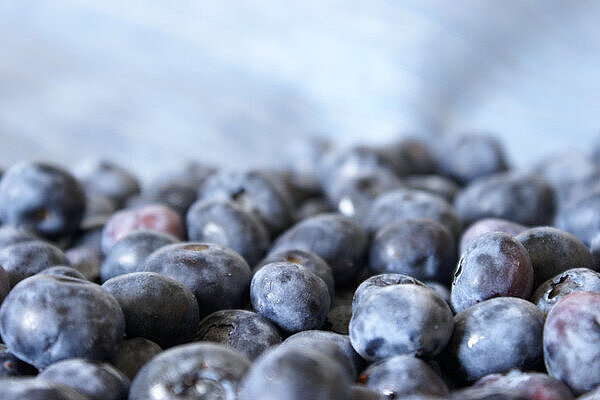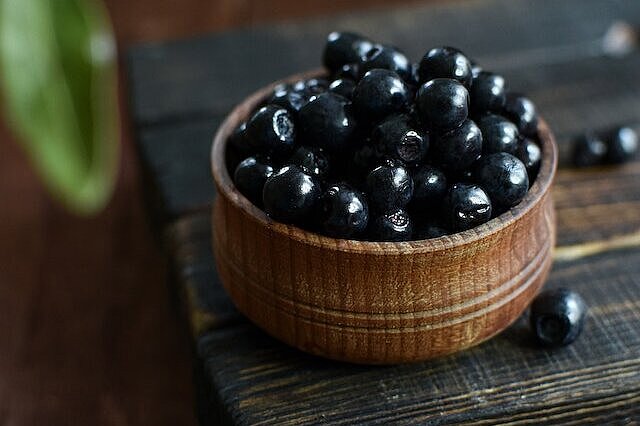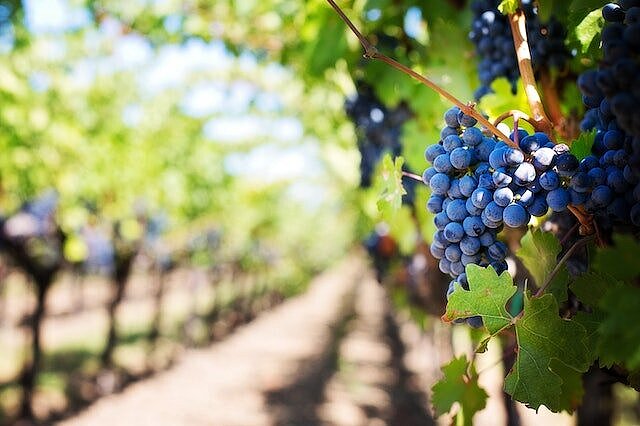Anthocyanins

What are anthocyanins?
Anthocyanins are natural pigments that occur in plant cells. They are secondary plant substances that play an important role in the health of plants and animals alongside nutrients. Anthocyanins are responsible for the red, blue and purple color of fruits such as blueberries, blackberries, cherries and grapes. They protect plants from UV radiation, pests and diseases.
What are the benefits of anthocyanins for dogs?
Anthocyanins also have some positive effects for dogs. They act as antioxidants, i.e. they protect the cells from free radicals caused by stress, environmental toxins or ageing. Free radicals can cause inflammation, cancer and other diseases. Anthocyanins can therefore strengthen the immune system and reduce the risk of chronic diseases.
Anthocyanins also have an anti-inflammatory effect and can help with skin problems, allergies or joint pain. They also promote blood circulation and can improve eyesight. Some studies have shown that anthocyanins can improve the memory and learning ability of older dogs.
How can I give my dog anthocyanins?
There are several ways to give your dog anthocyanins. One simple method is to occasionally give him fresh or dried fruit or vegetables that are rich in anthocyanins. These include berries, red grapes, red cabbage or beet, for example. However, make sure that you only feed small amounts and do not include any seeds or peel. You should also make sure that your dog does not get any fruit that is poisonous to him, such as grapes or raisins.
Another option is to give your dog a food or supplement that contains anthocyanins. There are various products on the market that have been specially developed for dogs and contain a high concentration of anthocyanins. They can be a useful addition to the normal diet, especially if your dog has special needs or suffers from certain diseases.
What are the disadvantages of anthocyanins for dogs?
Anthocyanins are generally well tolerated and have no negative effects on dogs. However, you should always make sure that you don't give your dog too much. An overdose can lead to gastrointestinal problems such as diarrhea or vomiting. It can also interact with other medications that your dog is taking.
Anthocyanins are natural colorants in plants that can have many health benefits for dogs. They have an antioxidant and anti-inflammatory effect and promote blood circulation. You can give your dog anthocyanins in the form of fresh or dried fruit and vegetables or in the form of special food or supplements. However, always make sure you give the right amount and that you don't feed your dog any poisonous fruit.
Properties 5
Are you looking for other ingredients with a specific property?
Just click on them to find more.
If you notice any signs of hypersensitivity or poisoning in your dog, you should see your vet immediately. We are not a substitute for a vet, but we try to be as accurate as possible. Every dog reacts differently and we recommend you get a second opinion or consult your vet if in doubt.
Stay healthy and take good care of your four-legged friend!😊
Similar to Anthocyanins
Blackberries are berry fruits that belong to the rose family. They grow on thorny bushes, which can often be found on forest edges, hedges or fences. The fruits are black or dark purple when ripe...
Blueberries (Vaccinium myrtillus) are small, round berries with a blue to purple color. They grow on deciduous dwarf shrubs that belong to the heather family (Ericaceae). Bilberries are native to...
Blackcurrants (botanical name: Ribes nigrum) belong to the gooseberry family and are related to red and white currants. They originally come from northern, eastern and central Europe and have been...
Grapes are the fruit of the grapevine (Vitis), one of the oldest cultivated plants in the world. There are many different types of grapes, which vary in color, size, taste and sugar content. Grapes...



